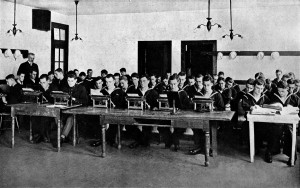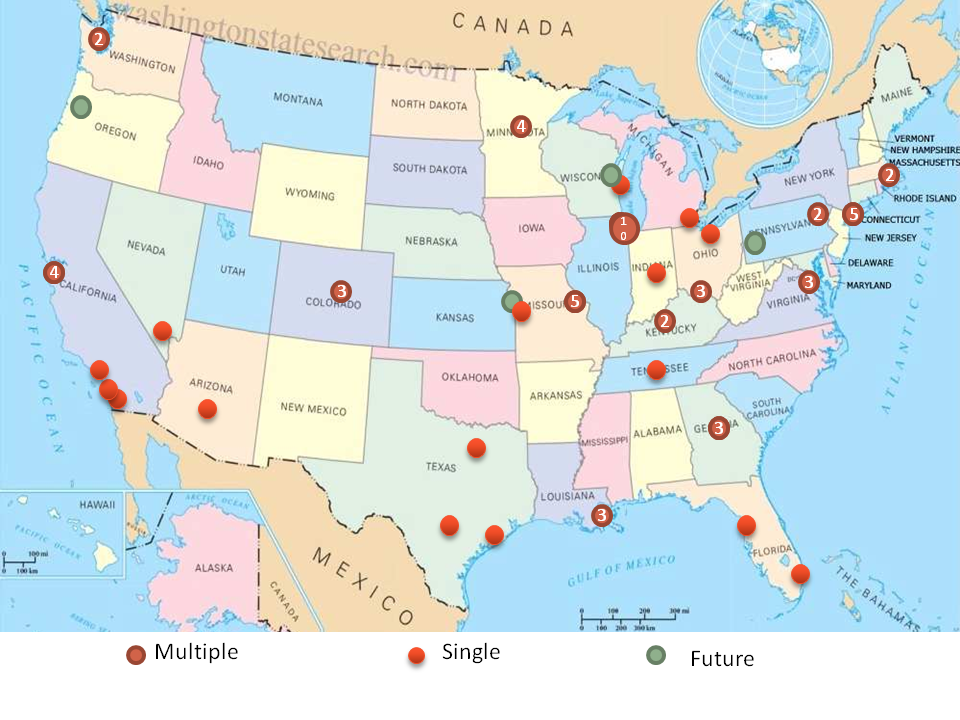Today is my last day as Chair of the CCCC, and while it seems like only yesterday that I stepped up in a blog post called Solstice, a lot has happened this year. I’ll leave it to you to read the chair’s report in the Dec 2016 issue of CCC for the nitty gritty of what I think we accomplished this year, but I’d like to share some thoughts on what it’s like, personally, to have been in this position, as well as some long-range thoughts on the organization.
![<a title="By Johann "nojhan" Dréo (IMG_0266-7_gare-lyon_panorama) [GFDL (http://www.gnu.org/copyleft/fdl.html), CC-BY-SA-3.0 (http://creativecommons.org/licenses/by-sa/3.0/), CC BY-SA 2.5-2.0-1.0 (http://creativecommons.org/licenses/by-sa/2.5-2.0-1.0), CC BY-SA 2.0 fr (http://creativecommons.org/licenses/by-sa/2.0/fr/deed.en) or CeCILL (http://www.cecill.info/licences/Licence_CeCILL_V2-en.html)], via Wikimedia Commons" href="https://commons.wikimedia.org/wiki/File%3AGare_de_Lyon_(nojhan).jpg"><img width="512" alt="Gare de Lyon (nojhan)" src="https://upload.wikimedia.org/wikipedia/commons/thumb/e/eb/Gare_de_Lyon_%28nojhan%29.jpg/512px-Gare_de_Lyon_%28nojhan%29.jpg"/></a>](https://upload.wikimedia.org/wikipedia/commons/e/eb/Gare_de_Lyon_%28nojhan%29.jpg)
So the chair (and the officer’s committee) does the following things, most of which you don’t see:
- follow up member-based resolutions and motions from last convention
- write and rewrite statements
- review and revise position statements
- allocate moneys to approved projects
- create new projects (with funding and logistics hopefully thought-out)
- name members to fill vacant positions
- help each other do our respective tasks
- Assistant chair with the call for papers
- Associate chair with convention logistics
- Chair with making good decisions
- populate all award committees and ensure they review nominations and issue awards timely (thanks to all who served this year, by the way)
- formally award all scholarships and awards
- inform members of their awards (one of the best things, by the way)
- review the progress of all ongoing projects in terms of outcomes and budgets
- receive requests from editors, committees, standing groups, and members. These run from the mundane to the downright colorful.
- coordinate with the NTCE (the chair and associate chair serve on the NCTE’s Executive Committee, which has its own set of responsibilities and aggressive meeting schedule)
- think strategically about trends and the future of the C’s
This last point is really important, but can be lost in the blizzard of bureaucracy. But the Chair and the Officer’s committee, as well as the Executive Committee, must pay attention to overall health of the C’s and look ahead to trends that affect us. As I depart the Chair’s position, I offer a few key trends I believe continue to be vital for our organization to monitor:
Membership continues to shrink, even as the convention registration remains quite strong . We take this to mean that the experience of a convention is valuable, but that the benefits of the other 51 weeks’ worth of membership is not clear to our members. Since we are a membership-driven organization, this is a problematic trend.
Writing instruction, especially what we’d traditionally call first-year composition, or Comp I, or intro to college writing, continues to move out of college classrooms and into high school, or dual-credit, classrooms. I think it is inevitable that nearly all FYC will be taught outside of college, probably within the next 10 years. As a guild of writing professionals, we have to figure out what that means for us.
Technology in the form of ubiquitous computing and portable devices is having a profound influence on literacy. How do writers and readers do their work when all their reading, writing, revising, note-taking, collaboration, and drafting has to take place on small screens, enabled by voice-input, typed with thumbs, “corrected” by auto-correct, mirrored in the cloud on all their devices, and promulgated in non-text (emojis or Snap) or small-text (Twitter) formats? Our organization should research this issue and weigh in on best practices for writers, readers, and instructors.
We are apparently living in a post-truth, or perhaps post-rational, world. Maybe it’s just me, trained in classical rhetoric and modern argumentation theory, but I feel quite lost when my understanding of the foundation of good rhetoric (the giving of good reasons via solid rhetorical appeals in a shared rationality) feels irrelevant or bypassed. I have a lot of trouble re-casting rhetoric as something less than noble deliberation among parties who have shared values and who want to revolve conflicts. In any case, our discipline has an opportunity to understand this concept of rhetorical action (even as propaganda, gulp, and a nod to Trish Roberts-Miller), and give our members some guidance on implications for research, teaching, and service to our society.
In order to deal with these issues, I think we need to foster the best and the brightest from our discipline to research issues, publish findings, innovate in the classroom and the marketplace, and participate in CCCC—meeting with member-groups, running for elected office, and volunteering to serve in any number of research, teaching, or service committees.
I have tried to open up our historically opaque organization to such opportunities, and I have a lot of confidence in the sequence of next chairs (Linda, Carolyn, and Asao) to continue such efforts. I urge you to take us up on this invitation: to propose something big and audacious (while do-able and budget-able, of course) that addresses our thorny issues. I think the long-range health of our organization, as well as our discipline, depends on such action and creativity.
This year has been fun, challenging, frustrating, and quite rewarding. I consider it the highlight of my professional career to serve my field as Chair of the C’s and to work with such energized colleagues. Thanks for giving me the opportunity.


 In this election season, it’s tempting to ask CCCC or NCTE to issue a statement for or against a presidential candidate. Don’t count on it. We are organized as a
In this election season, it’s tempting to ask CCCC or NCTE to issue a statement for or against a presidential candidate. Don’t count on it. We are organized as a 
 Today is the shortest day of the year, at least in the northern hemisphere. Here in Texas, the sun appears on the southeastern horizon, soars across the sky low in the south and, after a mere 9 hours and 55 minutes, dips out of view in the southwest.
Today is the shortest day of the year, at least in the northern hemisphere. Here in Texas, the sun appears on the southeastern horizon, soars across the sky low in the south and, after a mere 9 hours and 55 minutes, dips out of view in the southwest.